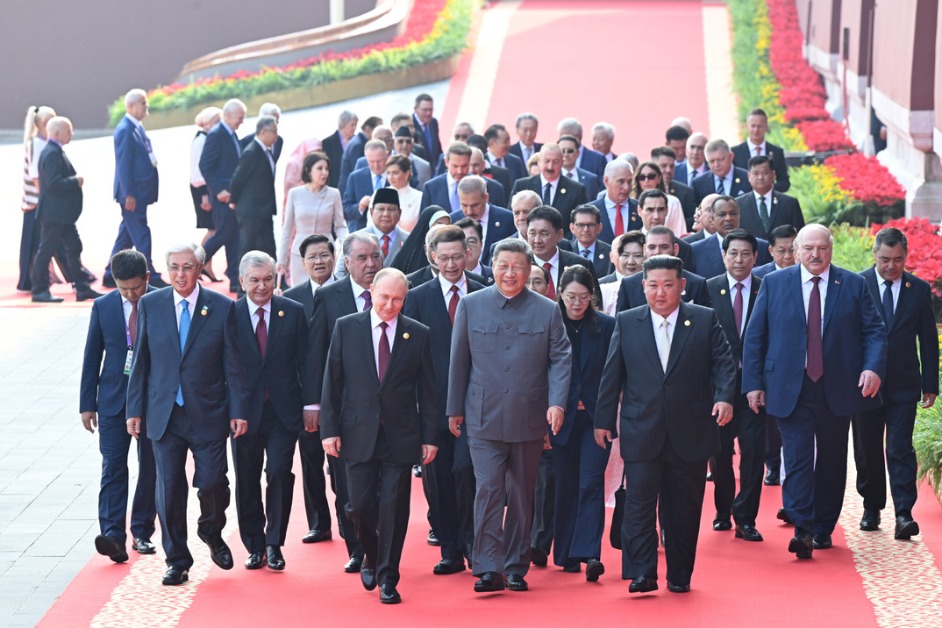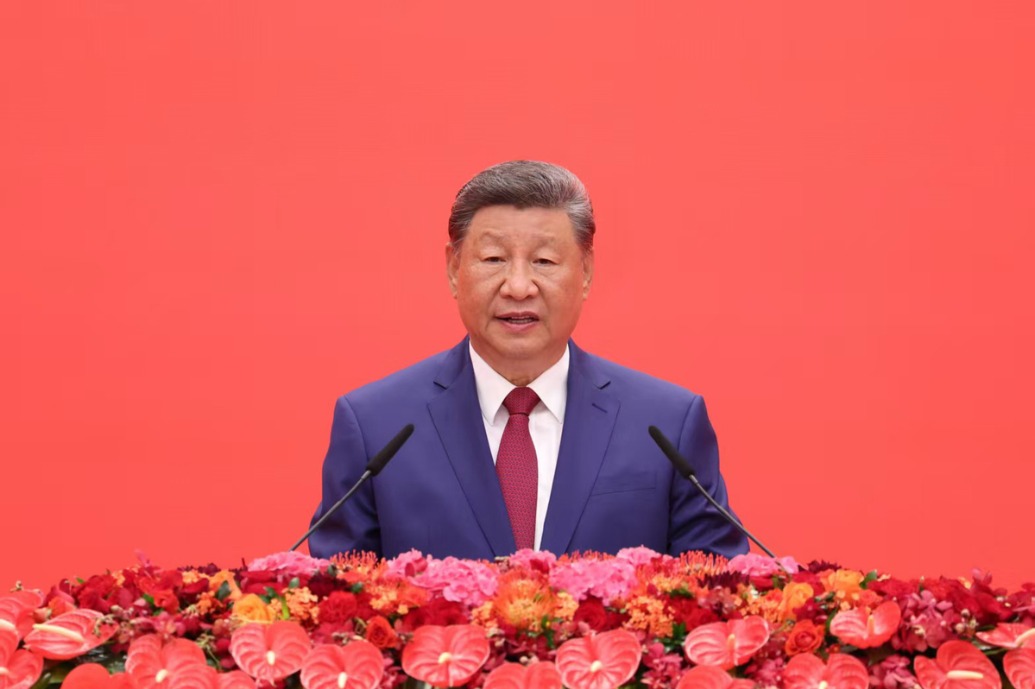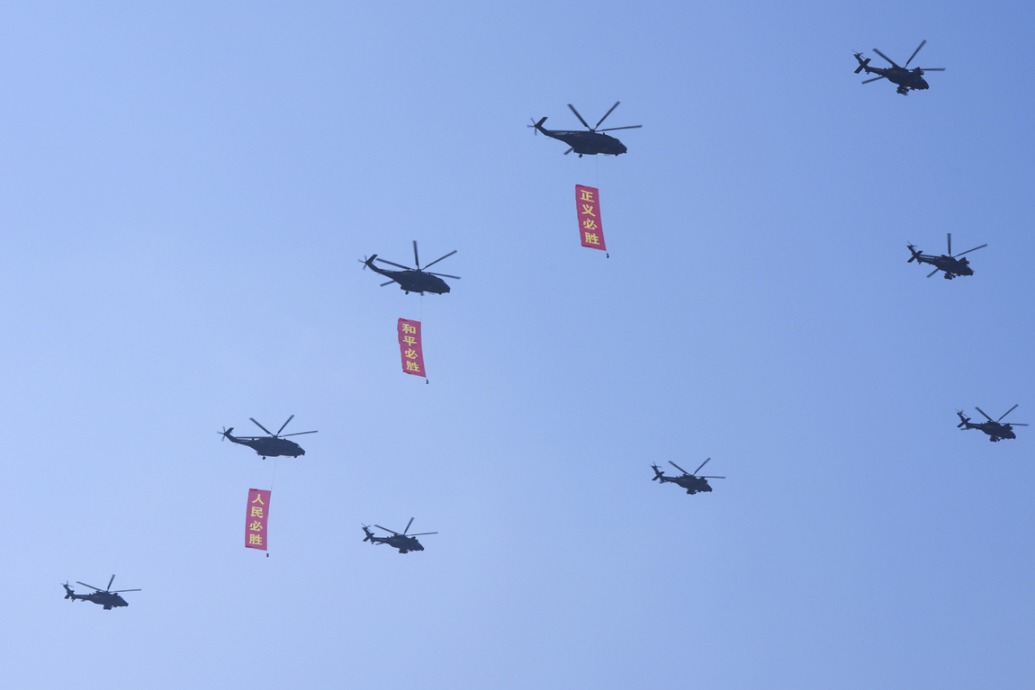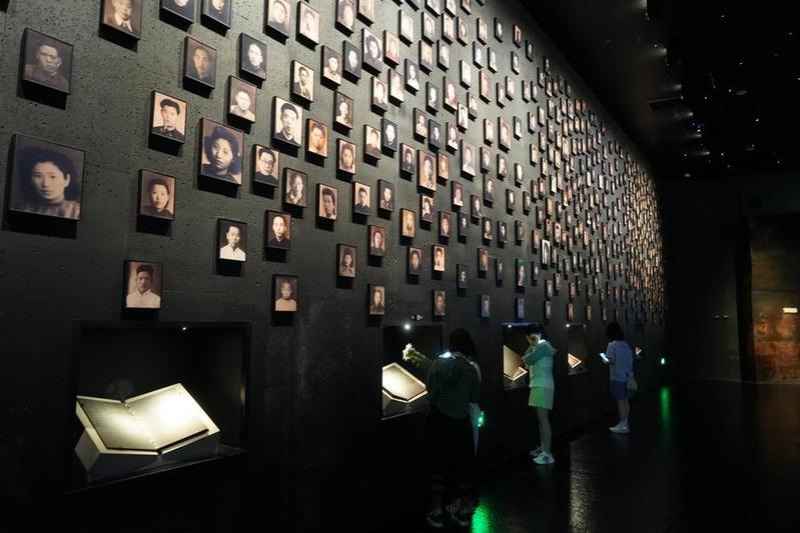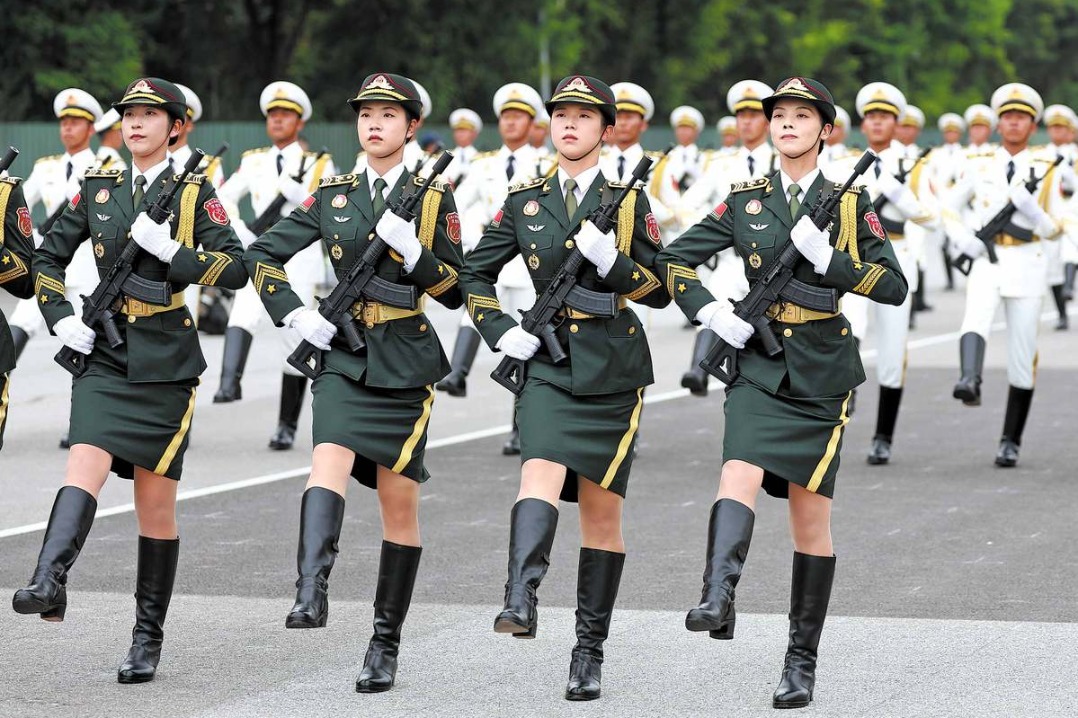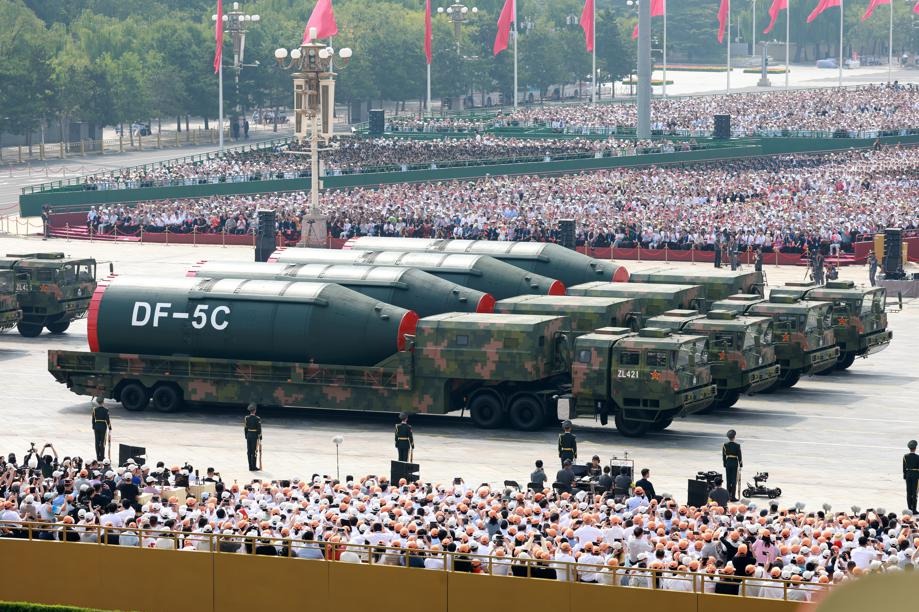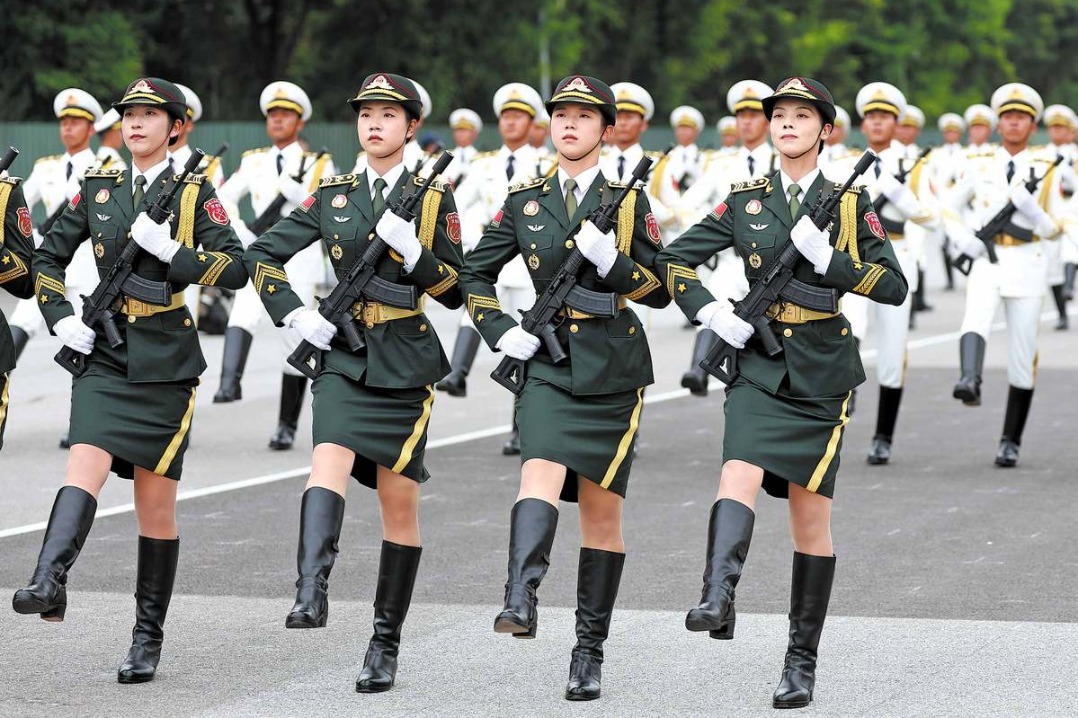Modernization of PLA aimed at protecting regional, world order

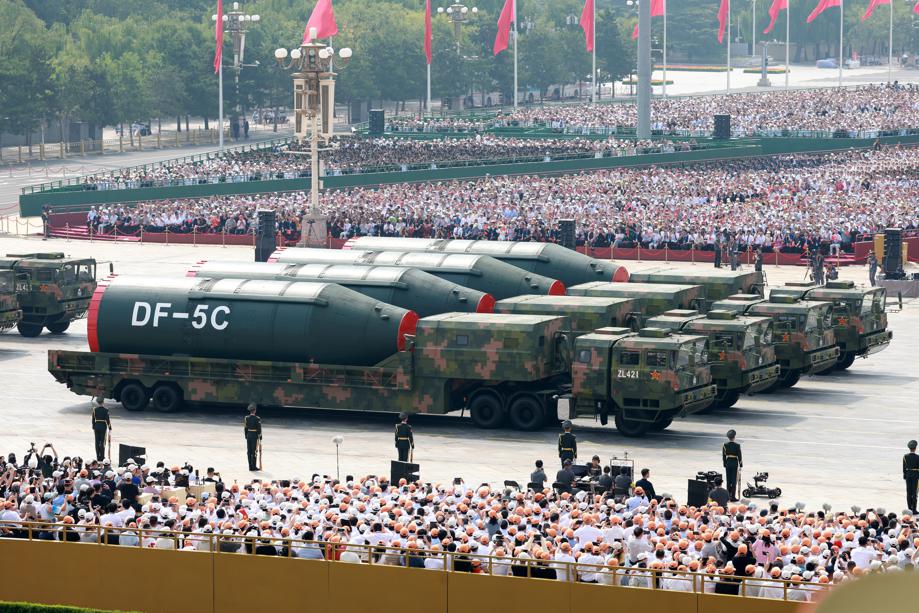
The Sept 3 military parade in Beijing to commemorate the 80th anniversary of the victory in the Chinese People's War of Resistance Against Japanese Aggression (1931-45) and the World Anti-Fascist War included 45 formations in succession, honoring the heroic resistance put up by the Chinese people as well as people in other countries against fascism, and demonstrating the future combat capabilities of the Chinese military.
The parade showcased China's achievements in military modernization and reflected the country's new strategic approach to defense: reducing miscalculations through strategic transparency and deterring global conflict by displaying comprehensive strength.
Being the first parade since Beijing announced the comprehensive advancement of Chinese modernization, the Sept 3 parade featured only domestically developed and manufactured active-duty main battle equipment. As the important display of the PLA's new-generation armaments since the 2019 National Day parade, the Sept 3 parade highlighted a more optimized military structure, more new domain forces with new combat capabilities, and more structurally complete armed forces.
The marching formations showcased both historical legacy and the contemporary features of the military — "an old and a new", with the "old" referring to veteran units from the war of resistance against Japanese aggression, with personnel mainly drawn from units descended from the Eighth Route Army, the New Fourth Army, the Northeast Anti-Japanese United Army, South China guerrilla forces, and militias from provinces with wartime revolutionary bases.
And the contemporary features reflect the modern structure of China's military in the new era. Leading the parade, the Guard of Honor of the People's Liberation Army carried the Party, national and military flags, setting the stage for the subsequent marching formations to follow.
These formations demonstrate China's military structure, comprising the PLA and the Chinese People's Armed Police Force. Primarily featuring new fourth-generation systems including advanced tanks, carrier-based aircraft, and fighter jets, the parade was organized according to combat modules, and the equipment displayed highlighted the shift from individual to systems-based operational capabilities.
For land combat capabilities, the fourth-generation main battle tank integrates optimized armor with active protection systems to establish a comprehensive defense network against drones, electronic warfare and anti-tank missiles.
The parade featured land, sea and air unmanned, intelligent and counter-unmanned equipment, including new types of drones, directed energy weapons, and electronic warfare systems.
As for the parade design, it showcased practical combat-oriented formations as well as strategic transparency, featuring groups for land combat, maritime combat, air defense and anti-missile operations, information warfare, unmanned combat, logistics and equipment support, and strategic strikes.
The structure represented a concentrated embodiment of modern battlefield combat. For instance, early warning aircraft detect targets, fighter jets execute forward interception, drones engage in electronic warfare and flanking maneuvers, and operations culminate in long-range air-to-air or surface-to-air missile strikes.
The displayed advanced systems, including hypersonic weapons, air and missile defense systems, and strategic missiles, not only highlighted the military's robust strategic deterrence capabilities but also promoted military transparency to reduce the chances of miscalculation by providing a clear understanding of China's military capabilities.
This approach will prevent other countries from misjudging China's strategic moves and taking uninformed actions, thereby contributing to global peace.
Furthermore, the international response to the Sept 3 parade served as a barometer of geopolitical dynamics. The event was attended by more than 60 foreign leaders, high-level representatives, and former senior officials from different countries and regions, and heads of international organizations.
The significance of the parade goes beyond merely demonstrating strength; it serves as a strategic-level communication, demonstrating China's resolve to safeguard peace.
By openly displaying its comprehensive military capabilities — from early warning and command systems to strike operations and defense systems and logistical support — China has showcased the key strategic, operational and tactical components of its military structure. This "open-source" deterrence was not an attempt to show off China's military capabilities but an exercise to enable potential partners and adversaries to accurately assess China's military capabilities, and make informed decisions.
The parade showcased the People's Liberation Army's demeanor, modernization and combat readiness, conveying the country's resolve to safeguard the regional and world order through transparent deterrence based on military strength.
It signaled to the world that China has become a leading participant in defense modernization. It is also contributing to the development of a more inclusive global security architecture based on the principle of a community with a shared future for humanity, emphasizing cooperation over dominance.
The author is a researcher at the Center for Arms Control and Nonproliferation Studies, Institute of American Studies, Chinese Academy of Social Sciences. The views don't necessarily represent those of China Daily.
If you have a specific expertise, or would like to share your thought about our stories, then send us your writings at opinion@chinadaily.com.cn, and comment@chinadaily.com.cn.
















